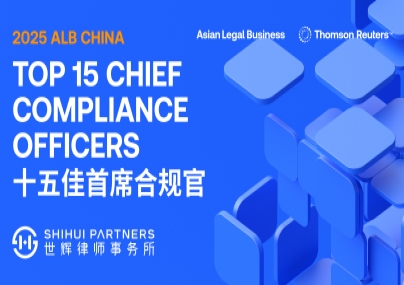汤森路透于近期发布了《2022年活力律所报告》(2022 Dynamic Law Firms Report)。该报告揭示,正确的投入、健康的内部层级,以及合作的文化,是律所取得成功的重要因素。
此份报告通过财务表现定义了所谓“活力型律所”(dynamic firm),即年度综合收入增长排名前25%的律所(年度综合收入增长包括律所总利润、单位律师营收、总利润率)。排名后25%的则被称为“静止型律所”(static firm)。
报告发现,活力型律所在人员投入上更为大手笔。他们支付给普通律师的薪资更高,在招聘、支持人员薪资福利上的投入也更多。
静止型律所的总利润增长不多。比起人员,他们更喜欢投资固定资产,例如办公室、技术工具、知识管理及数据库资源。
两类律所在内部层级制度上也有所不同。总的来说,活力型律所的权益合伙人晋升率更高。通过这种方式,更多员工的薪资和律所整体表现挂上了钩。
静止型律所却在积极削减权益合伙人的数量,同时将更多职位空缺替换为非权益合伙人。这样大部分合伙人就能靠领取固定工资生活,而和律所的整体利润无份。
此外,律所文化也扮演了重要角色。活力型律所的律师认为,他们的律所拥有更具合作性的文化,更愿意拥抱变化,也更容易接受创新性收费模式等新变化。
您可从此处下载完整报告。
New study finds law firm culture, investment in people are keys to long-term success
Thomson Reuters has released its latest 2022 Dynamic Law Firms Report, revealing that the right investments, healthy hierarchy, and collaborative cultures are key factors contributing to a law firm’s success.
The report identifies those firms which had the highest compound annual growth in revenue per lawyer, overall firm profits, and average firm profit margin — those firms that the report brands as dynamic, and dives into the firm financials as well as qualitative factors to determine what sets these firms apart.
It therefore finds that dynamic firms have been investing more heavily in their people. Profit per equity partner payments have been higher, and they’re handing out higher compensation to associates. Dynamic firms are also investing more in the form of recruiting as well as salaries and benefits for support staff.
Firms ranked among the bottom 25% of the financials become the static population of law firms. The report finds that static firms did not do as well in growing the overall pie for the firm. And they were also more likely to invest in fixed assets, such as occupancy, technology, and knowledge management or library expenses.
Dynamic and static firms also stand in stark contrast regarding how they are structuring their leadership and hierarchy moving forward. Overall, dynamic firms have a higher than-average equity partner promotion rate. By doing so, dynamic firms are more heavily aligning their compensation with firm performance, while sending a greater portion of the wealth to their lower ranking lawyers.
However, static firms are actively reducing the promotion rate of equity partners while increasing the replenishment rate of non-equity partners far faster than the industry average, therefore an increasing share of their partnership would receive a fixed salary, while those who receive a full cut of the profits are fewer.
Another key factor as to why some firms are successful is their culture, according to lawyers within dynamic firms. Those lawyers were more likely to identify their firms as fostering collaborative cultures, embracing change, and adopting practices like alternative fee arrangements more readily than their peers.
You can download the full report from here.


